Storage and framing maps
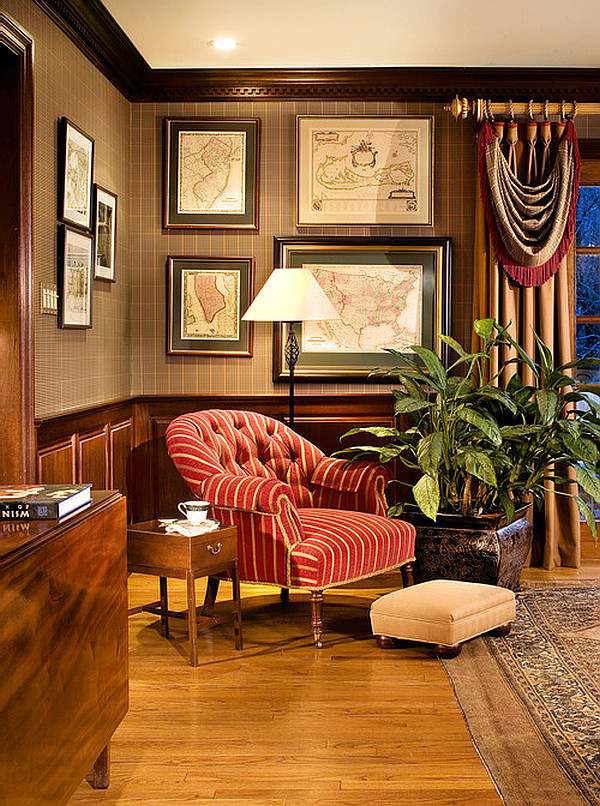
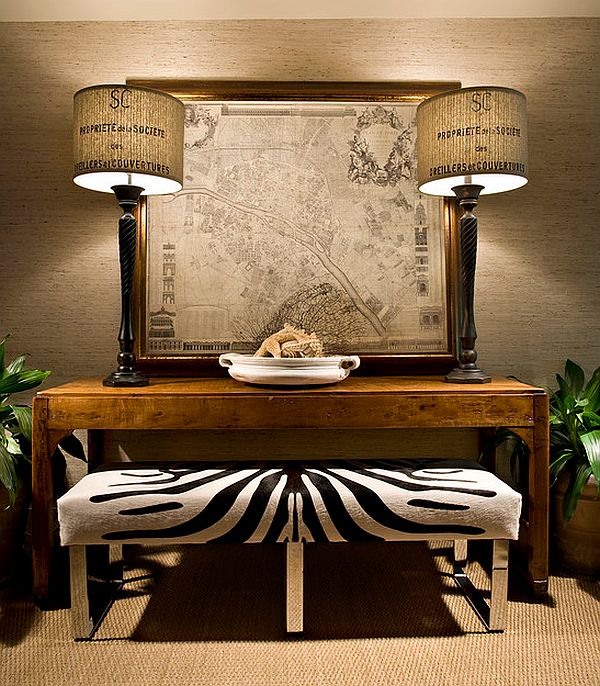
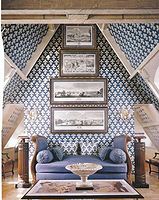
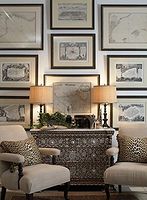
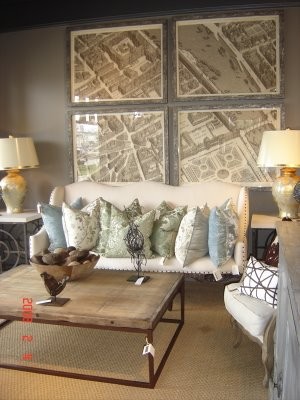
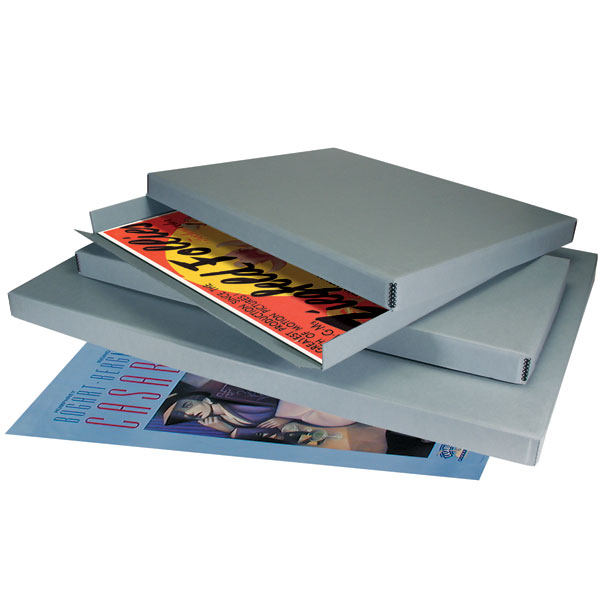 Archival Box.
Archival Box.
Each of these specifically designed archival boxes are custom manufactured. Made from exclusive Perma/Dur B-Flute Single Wall Corrugated Board (which by design is extremely strong, lightweight, acid-free and lignin-free). The box is also buffered with 3% calcium carbonate for an alkaline reserve in all three layers for maximum protection against acids. This exclusive board is made of fully bleached virgin fibers and is very durable.
The board is single wall (0.125") with a pale blue/gray color. The two smaller boxes feature metal edge construction while the largest box is a ready-to-assemble design which provides more structural integrity for its large size. All feature fully telescoping lids.
Use Acid-Free Interleaving Tissue paper to separate each map. You may either use Unbuffered or Buffered tissue paper.
Unbuffered Tissue paper is acid-free and is recommended for use with colored prints, textiles and watercolors. Cyanotype, dry transfer, or chromogenic prints also require unbuffered tissue. This tissue is an excellent choice for separating prints, drawings or lithographs and protecting artifacts. In addition, unbuffered tissue is used with silk, leather, and other animal protein-based textiles. Very thin (.001) 16 gm2 tissue for maximum translucency. Available in packages of 100 sheets or rolls.
Buffered Interleaving Tissue Paper.
Very thin (.001) 16 gm2 acid-free tissue with a 3% calcium carbonate buffer added. This buffering agent will help neutralize acids and prevent acid migration to the objects that the tissue is used to protect. Buffered interleaving tissue extends the life of paper, photographs, textiles, and artifacts. Use for most photographs, including black & white, color & albumen prints.
Available in packages of 100 sheets or rolls.
Contact University products - the archival company for more info and prices.
Mylar
Each individual map or print can be safely stored in bags made of Archival Polyester (Mylar ) an inert material of the highest clarity.
Mylar will not discolor, damage, or adhere to items placed inside it. It is a sturdy film that beautifully displays, timelessly protects, and gives extra
support to fragile documents.
4 mil thick Mylar D®. sleeves are sold in USA by E. Gerber

Custom Archival Framing.
In framing, the materials that directly contact your art are of the greatest importance. Using non-archival (acidic) or inappropriate materials to adhere to or support artwork can result in unnecessary damage and a possible decrease in the artwork's monetary value.
Reversibility is essential when adhesives are used to hinge artworks to their supports.
Following are a few basics:
Museum Boards.
Materials used at Conservation Framing Services—such as museum quality rag mat boards in a variety of widths and natural tones—are designed to protect and preserve your artwork. They are not only acid-free but are designed to absorb acid from the art as well as the environment. Photographic work, for example, requires a specially treated museum board, formulated specifically for its photochemical make-up.
Backing Boards.
A matted or floated artwork is backed for further protection with an acid-free corrugated board or a corrugated plastic board when drastic humidity changes are a concern. It is then sealed with paper tape, which protects the artwork while allowing an exchange of air.
Hinging.
Hinging is the process of attaching works on paper to a backing board, or support, often for the purpose of "floating" the artwork. This is done as an alternative to "over-matting" in which the mat is placed over the artwork. As with the selection of matting and frames, hinging must be tailored to the artwork in question. Depending on the weight of the paper on which the artwork is made, an appropriate hinge is chosen that will support the piece without restricting its natural movement over time. All hinges are made from acid-free Japanese papers. Our adhesives are also acid-free and reversible.
Glazing.
Glazing refers to the use of either glass or plexiglass as a practical barrier between your art and the atmosphere in which it is hung. This is necessary because of moisture, smoke, acidic fumes and a host of threatening conditions artwork often faces. Typically, we recommend the use of plexiglass over glass, as it is clear and visually indistinguishable from glass, yet will not break and pose a threat to your safety or that of your artwork. Museum-quality UV-filtering plexiglass and glass are available and recommended for valuable artwork on paper and color photography to protect them over time from the color-fading UV-rays. These products also offer anti-reflective and anti-static properties.
Text by Conservation framing services
Tru-Vue sells high-performance glazing to custom frame shops, museums and galleries across the globe, to anti-reflective custom coatings for commercial applications.
Whether it’s Museum Glass®, Conservation Clear®, or Optium® Acrylic Glazing.
Contact : Conservation framing services, New York, NY.
or
Museum Framing, Alexandria, VA